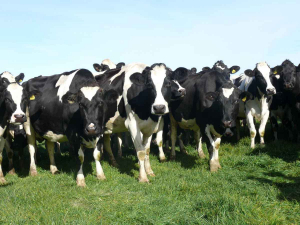New Zealand Dairy Statistics for the 2019/20 season reveal the season was a productive one for dairy farmers.
The statistics, released by DairyNZ and Livestock Improvement Corporation (LIC), show that New Zealand dairy companies processed 21.1 billion litres of milk, containing 1.90 billion kgMS, marking a 0.6% increase in milksolids from the previous season.
Meanwhile, the latest count reveals that New Zealand has 4.921 million milking cows, a 0.5% decrease from the 2018-19 season.
According to DairyNZ, this increase in productivity is due to farmer uptake of herd improvement tools such as herd testing and animal breeding.
“Interest in the highest genetic merit animals continues to grow year-on-year, with farmers investing in the latest artificial breeding technologies and indexes that focus on productivity, as well as animal welfare and the environment,” a DairyNZ spokesperson told Dairy News.
“Farmers are also considering feed quality for their herds, while seasonal factors such as weather conditions which affect feed also have an impact on milk production,” they said.
“These factors have all meant that despite cow numbers reducing, our cows are more productive than ever.”
They say that innovation and research will continue its role in ensuring the productivity of the national herd.
“New innovations, research and agritech solutions will also continue to play a role in ensuring that farmers can breed more productive and profitable cows.”
In the 2019-20 season, 3.68 million cows were herd tested.











